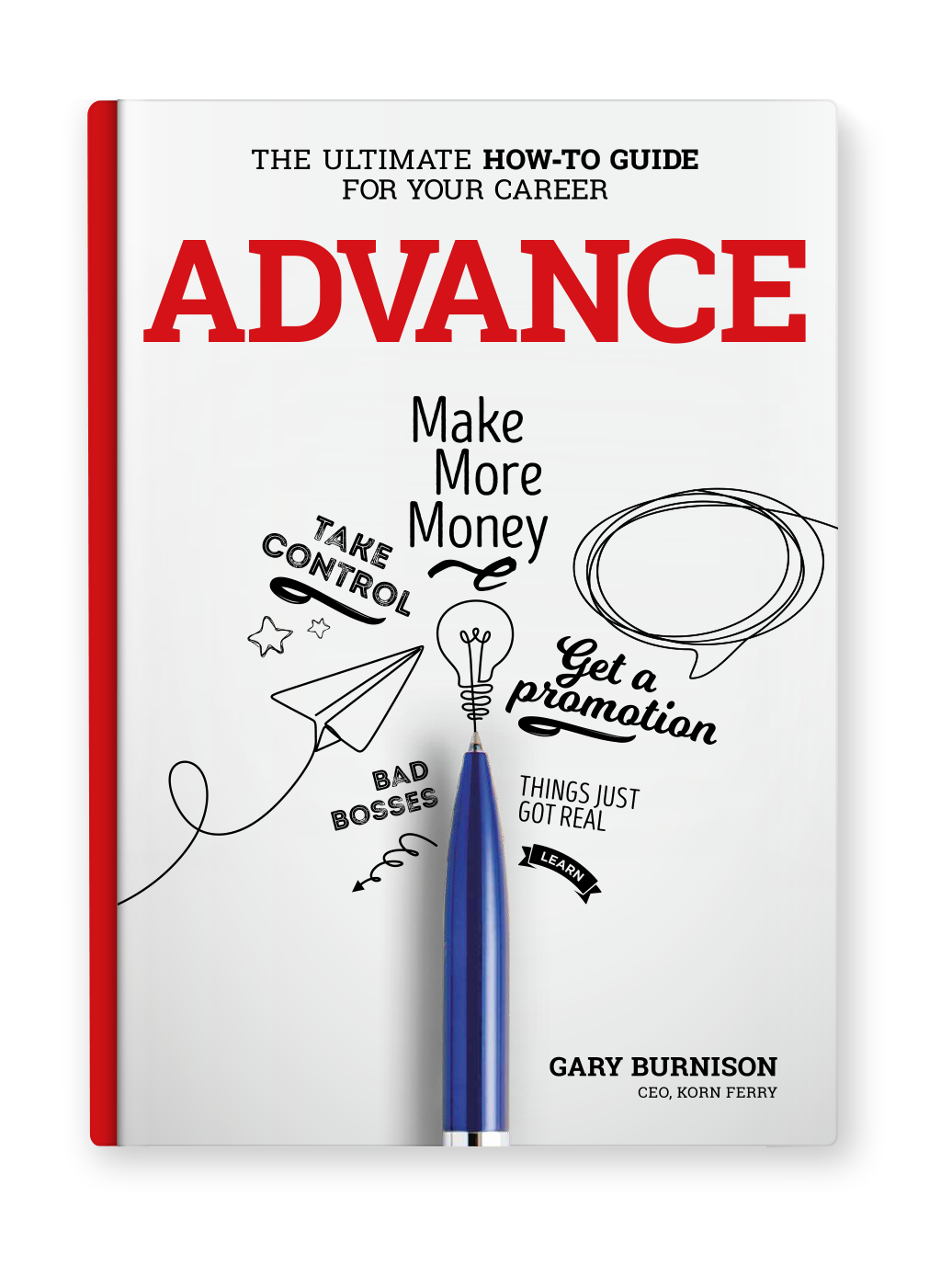Turn your resume inside out
Bringing your resume to life means shedding light on your competencies. Here’s how to shine through.

This article is an excerpt from Looking Beyond the Car in Front, written by Grant Duncan, Korn Ferry Managing Director & Sector Lead for Media, Entertainment & Digital EMEA. His book guides both senior and mid-career business executives in taking a more assertive and strategic longer-term approach to career choices. Note: Excerpt has been edited for clarity and length.
Most people like a good list: a to-do list, a shopping list, and a bucket list.
This is effectively what a resume is – a list of jobs. From the time we sit down with the school career adviser, we are encouraged to write a resume – a record of organizations worked in and roles. As we go on in the world of work, this becomes more elaborate and impressive.
The problem is that it remains a list of the WHAT and misses the critical component of the HOW, which is why most professional job interviews are driven by the competency-based model where the employer really wants to know whether you have the right skills to take the position on, rather than being focused solely on your experience or previous qualifications. So rather than concerning themselves with the ‘what’ of past achievements, they place emphasis on the “how” – your competencies.
Thus, any self-respecting HR Director will ask you questions that start with: “Tell me a time when . . . Can you think of an example of how/when . . . Describe a way in which you.”
A surprising number of people are simply not ready for this type of questioning and stumble with the answers.
More fundamentally, however, understanding your competencies is a critical factor in helping you identify what your transferable skills are. These are the skills that will create the bridge from your current role in your current company in your current sector to a new role in a new company in a new sector.
Genuinely understanding your competencies and what you have to offer is not necessarily an easy thing to do, even for the most experienced executives. Take Capita plc CEO Jonathan Lewis. Jon spent the first decade of his career as an academic – carrying out research for the oil and gas industry – after becoming passionate about geology at Kingston Polytechnic, as was, in the early 1980s. (He also has a PhD from the University of Reading.) Since moving into the corporate world in 1996, he has earned himself a reputation as a turnaround guru for struggling businesses. The talent he has for effecting turnarounds and his necessary up-for-the-challenge attitude are underpinned, he says, by abilities, he honed during his time as an academic, because as an academic, as a scientist, everything he did involved deconstructing problems and breaking them down into digestible parts. A grounding in getting to the nub of a problem – and then having his methods challenged by his academic peers and superiors – armed Lewis with the skills he needed to get where he is today. He freely admits, though, that it was a headhunter that first made this connection for him, not something he identified himself.
A clear and compelling explanation of your transferable skills helps employers understand why your experiences gained in a utility will be useful to an airline.
The secret is to turn your resume, and thus your career narrative, inside out. What were the key moments during your career where you exhibited key competencies?
Competencies are the skills and behaviors required for success. Competency definitions are pretty common currency in the talent industry as a way of identifying the skills and behaviors required for success.
For example Korn Ferry has a sophisticated yet understandable and practical approach to identifying competencies. The approach sets out four broad “factors” – Thought, Results, People, and Self – and attributes to them a number of competencies (along with helpful descriptions). These are what you should focus on. Typically, you would select four or five that best sum up your strengths as an executive. For example, you might be a natural diplomat who is skilled at “balancing the needs of multiple stakeholders” (i.e., balances stakeholders). Or you are disciplined and outcome-oriented, which means you are good at “holding yourself and others accountable for meeting commitments” (i.e., ensures accountability). Or perhaps you are one of those people who are comfortable with trial and error (something, by the way, that all high-growth tech businesses prize as a key competency). In which case you are likely to “actively learn through experimentation, using both successes and failures as learning fodder” (i.e., Nimble learning).
Use these competencies as a framework to then describe the HOW of your achievements, using the evidence (facts and figures and resulting outcomes) to bring the competencies to life. This will become your “narrative” for an interview or, as you will see further on in this section, the rich content for your resume.







